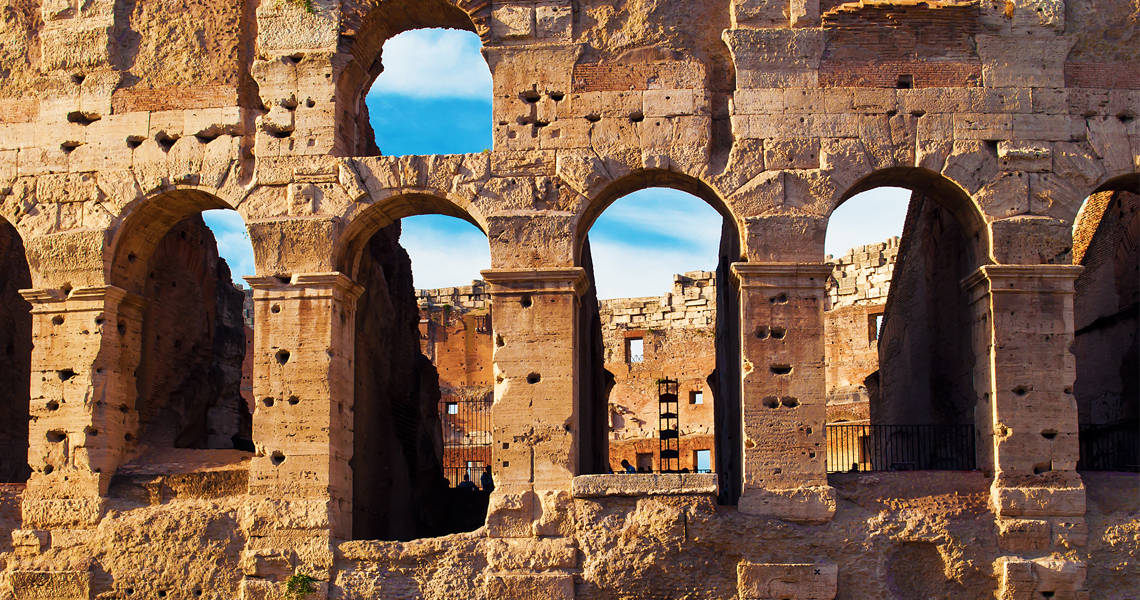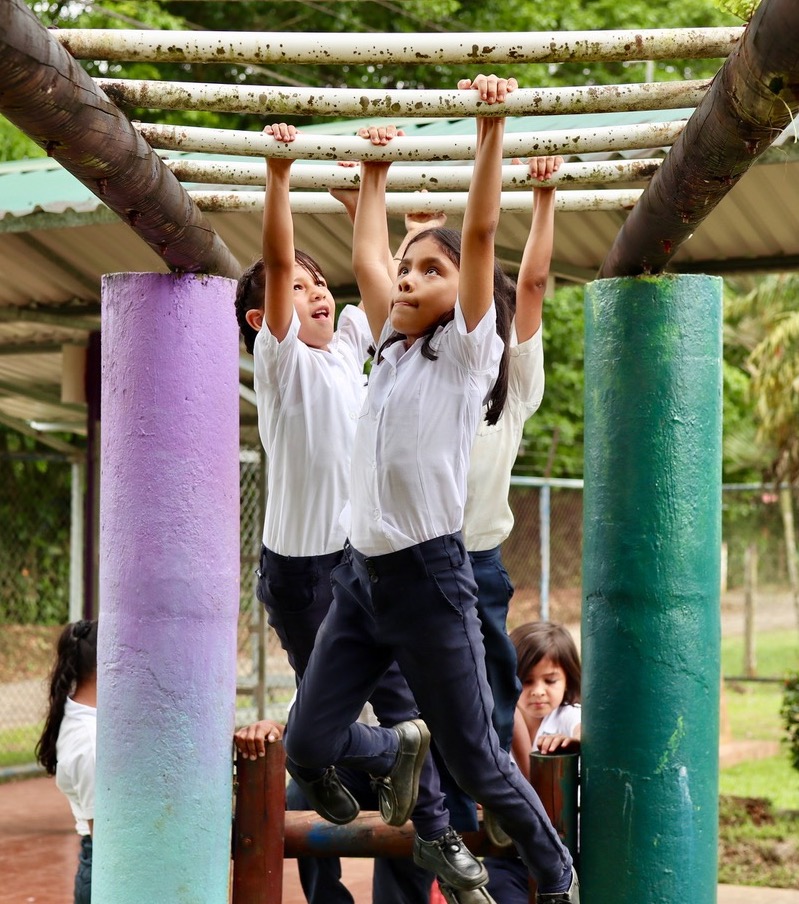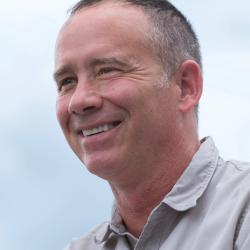
“What if we could use the lessons learned here to improve eco-tourism back home?”
A 5th grade teacher from Colorado asked this, noting, “The country is about the same size as my state.”
“As an entry event, I was thinking about using the story of William Walker,” chimed in a high school history teacher. “You know, the American filibuster who took over Nicaragua in the 1850’s. He was eventually driven out by a coalition of Central American countries, including Costa Rica. It would be the perfect hook for a project on the new age of imperialism.”
“The resplendent quetzal is one of my favorite birds,” said an AP English teacher. “I wonder if they have folktales about it. Maybe I could record a few while I’m here.”
I’d love to do a capstone project with my seniors,” said a Spanish teacher. "They could partner with a school down here to do conservation work.”

I was with a group of teachers in Costa Rica.
We were there to learn about Project Based Learning. We were brainstorming ideas in an outdoor classroom in the rainforest. I was encouraged by their enthusiasm and creativity. They reminded me of myself when I first started teaching.
I was all about projects - the more outlandish the better. My goal was student engagement, pure and simple. I wanted to get my kids fired up about learning, a tall order considering I was teaching middle school social studies at the time.
I staged Civil War reenactments on the soccer field, I pitted Cajuns against debutants in a homespun version of Family Feud, and I started a campaign against invasive species (the project culminated in an in-class nutria skinning demonstration, which, needless to say, didn’t go over terribly well with parents). I conducted archeological digs in a garbage dumpster down the street. I told gripping historic tales by candlelight in a classroom closet – which, inevitably, set off the fire alarm.
A common refrain from my principal was, “So Mr. Dunbar, why exactly are you doing this?!”
Unfortunately, I didn’t always have a compelling answer – other than an apologetic, “It seemed like a good idea at the time.”
About three years into my rather rocky teaching tenure, my principal sent me to a PBL summit led by Grant Wiggins, the co-author of Understanding by Design. He talked extensively about the “backward planning” process, and pointed out the differences between projects and Project Based Learning. It was an eye-opening experience. And it led to the painful realization: I was definitely not doing PBL.
Back in the rainforest of Costa Rica, I shared that revelation with the group. I then, not-so-gently, derailed their enthusiasm with a barrage of questions: “So, what is the purpose of your project? What academic standards do they address? Are they based on data? What data? What is your essential question? Is it actually ‘essential?’ Is this something your kids are truly interested in? Is the final product or performance real? Is it authentic? How will you assess progress? Will they be able to demonstrate mastery in a novel way? Is your project aligned to the curriculum? Does it have value beyond the classroom?”
“Wah-wah,” interjected a teacher, channeling her best Debby Downer from Saturday Night Live.
“Yes, a bit of a buzzkill,” I admitted.
“PBL definitely isn’t easy. It’s much more than a creative idea. You can’t do it on the fly. It involves crates and barrels of front-end loading. And, it can get messy.”
Over the next few days, my partner in coaching, Dr. Shayna Cooke and I went over the characteristics of high-quality PBL. We talked about hooks, community engagement, the inquiry spiral, feedback and revision, student voice and choice, rigor (I prefer vigor) and relevance, formative and summative assessments and reflection.
Before we left, I told the group the story of how I had started a school dedicated to PBL and arts integration. “Unfortunately, many of our teachers were inexperienced in both,” I said. “I assured them that our mantra would be, ‘Adopt, adapt, (and then) create.’”
“There are lots of really good ‘just-add-water’ projects out there,” I said. I then shared examples from PBLWorks, Edutopia, Curriki and others. “Many of them can be adapted to your own location or circumstances. For example, I once did a project on jazz in New Orleans that was originally designed for the blues in the Delta.”
“I once found a killer project on Pinterest,” exclaimed one of the teachers.
“We’ve got a PBL guru at our school,” added another teacher. “She has more tools in her kit than Tim Allen from Home Improvement. I’m gonna hit her up for ideas and plans when I get back.”

I also suggest starting small.
“A project-like activity perhaps? Don’t bite off more than you can chew. That BHAG (Big Hairy Audacious Goal) of yours – that school-wide, interdisciplinary service-learning project may be the Holy Grail of PBL, but it can wait. You still have to answer those three prickly questions before crossing the treacherous Bridge of Death.” (Author’s Note: I’m pretty sure my Monty Python reference was lost on the younger teachers.)
“There’s still room for teachable moments,” I said, “but it usually takes place in the context of the project. As with lesson planning, it’s always advisable to over-plan. That’s one of the things we’re here to do in Costa Rica…”
At the end of the session, I drew a shard from my old history teaching days and said, “Remember, just like Rome, projects were not built in a day.”
Folwell Dunbar is a principal and coach in New Orleans. He is the author of He Falls Well: A Memoir of Survival. He can be reached at [email protected].

